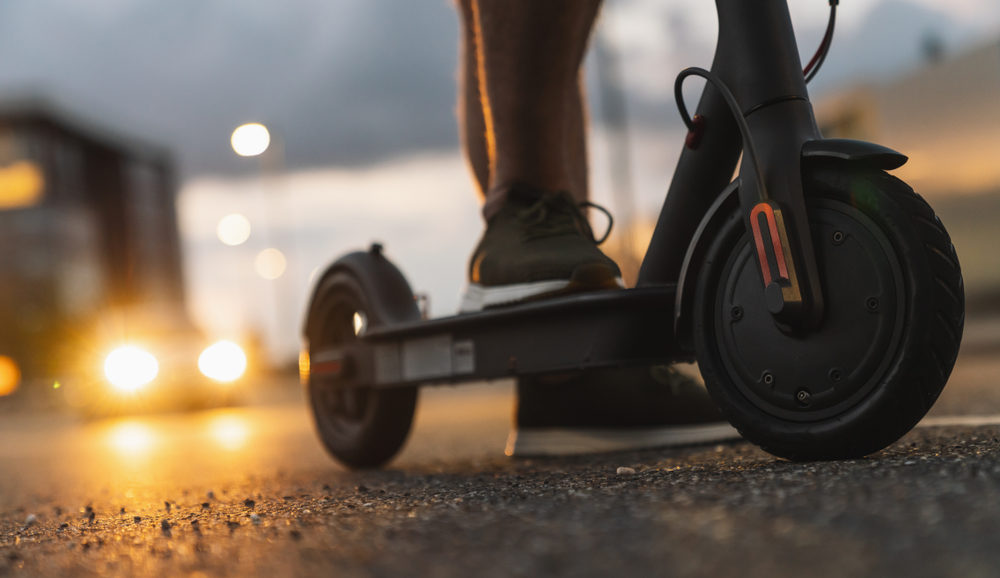
A lithium-ion battery recently sparked a fire at a Manhattan high-rise apartment building. Thirty-eight people were injured, two critically.
This was one of many fires linked to so-called “micromobility devices” in New York alone. These include e-bikes, e-scooters, and e-hoverboards, which all typically run on lithium-ion batteries.
Lithium-Ion Fire Forces Some Tenants to the Roof
According to US News & World Report, the fire broke out Saturday morning, November 5th, 2022, in a 37-story building on East 52nd Street, near the East River. Fire Department New York (FDNY) Commissioner Laura Kavanagh stated in a news conference that the blaze originated in a 20th-floor apartment from a lithium-ion battery connected to an unspecified micromobility device.
“The lithium-ion battery adds a different degree, when we talk about the fire dynamics of it,” FDNY Deputy Assistant Chief Frank Leeb said at the briefing. “These rooms flash over in just a mere matter of seconds.”
Fire officials aren’t sure how many families were displaced because of the fire, but they know that 38 people were injured, including two in critical condition and five in serious condition. Some residents were trapped inside the building when the fire broke out, and at least two dozen had to go to the roof to seek safety.
Firefighters rescued many tenants, including two people from the apartment where the fire broke out. NBC News posted the FDNY’s Instagram post, which noted that units were “on the scene in just over three minutes and were confronted with a heavy fire condition on the 20th floor.”
The FNDY believe the apartment occupant was repairing bikes, as they recovered at least five of them there. They also shared pictures of the extent of the damage, one of which included a charred device with a wheel.
New Rules Needed to Protect Apartment Residents
According to Chief Fire Marshall Daniel Flynn, this is almost the 200th fire caused by a lithium-ion battery from a micromobility device this year in New York City alone. Back in August, the department reported 126 such fires, noting they had killed five people, including a 5-year-old girl and a 36-year-old woman.
These tragedies have prompted the city’s housing authority to consider banning micromobility devices altogether.
“It is extremely dangerous,” said Cynthia Tibbs, tenant association president at the West Side Urban Renewal Houses on West 93rd Street, at a press conference. “People have no idea what they are doing and the dangers they are putting their neighbors in until it happens.” She added that unsafe charging and storing of these devices have become increasingly common in public housing.
An all-out ban also seems impractical because so many residents use these devices for work and transportation. Another suggested solution was to have dedicated stations for storing these devices, but that could also be a serious safety concern, particularly in older buildings.
Councilwoman Gale Brewer proposed legislation to ban second-use or refurbished batteries, which have a higher risk of causing a fire. She also noted that the city needs to “work to get places where they [residents] can charge, so they don’t do it in an apartment.”
The New York City Housing Authority has proposed banning e-bikes and e-bike batteries from its buildings, but it remains to be seen whether this new rule will be adopted.

Exclusively focused on representing plaintiffs, especially in mass tort litigation, Eric Chaffin prides himself on providing unsurpassed professional legal services in pursuit of the specific goals of his clients and their families. Both his work and his cases have been featured in the national press, including on ABC’s Good Morning America.










Comments for this article are closed.